AI risks and infrastructure: Managing the blind spots
Our Research team considers how the opportunities and risks associated with the rapid development of AI are impacting the latest 2030 Thematic Roadmap.
SOLUTIONS
INSIGHTS
NEWS AND EVENTS
150 Trends (5th Edition): Download the 2030 Thematic Roadmap
GO TO SECTION
The 2030 Thematic Roadmap identifies 150 trends across six thematic paradigms, plotting each trend based on its potential impact to society using an ‘impact’ vs. ‘likelihood’ methodology. To supplement this methodology, our analysts employ a wide range of thematic datasets, from patents and M&A-related data, to hiring and private funding information.
Many of this decade’s mega-trends, including demographic change, digitalisation and decarbonisation, are still reflected in this year’s roadmap. However, our Research analysts have also identified ten new trends this year, across six broad paradigms: Technology & Financials, Consumer, Food & Retail, Industrials, Manufacturing & Transportation, Healthcare & Modern Science, Energy & Environment, and Society & Culture.
Looking at the trends, it's impossible to ignore AI’s impact. It features in several of the new additions to the roadmap, and particularly across two paradigms: Technology & Financials and Health & Modern Sciences. For this reason, the team have examined the roadmap through an AI lens, drawing out the technology’s most prescient opportunities, risks and infrastructure requirements.
Our Research team considers how the opportunities and risks associated with the rapid development of AI are impacting the latest 2030 Thematic Roadmap.
As alluded to, this category is, unsurprisingly, heavily influenced by AI. According to Schneider Electric (2023), AI processing could account for 20% of all power use by 2028. Consequently, our analysts see the need for Green data centres and other AI-ready infrastructure growing more pressing.
Similarly, Industrial cloud’s entry into the roadmap is indicative of a huge shift. This infrastructure will open up industrial AI-based opportunities outside the consumer sphere, allowing the technology to be applied to very specific industry demands, from manufacturing to water management.
However, our analysts flag the urgent need for investors to also consider potential AI blind spots, too. Cybersecurity is perhaps chief among them, as companies become increasingly vulnerable to sophisticated attacks. The global cost of cybercrime is set to jump to $24tn by 2027, according to forecasts from Statista. That is, unless AI can be better harnessed to improve cyber resilience.
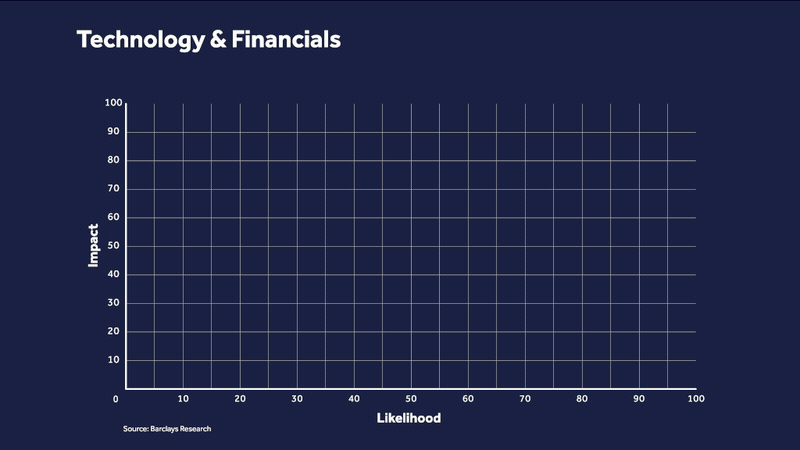
For Consumer, Food & Retail, many of the 24 trends were driven by changing consumer sentiment, uncertainty about the future of food supply chains, and a desire to shift to more sustainable manufacturing processes.
AgriTech, Conscious consumer, Sustainable packaging, Advertising & consumer protection and Precision fermentation all fall in the top ten (by impact/likelihood) for this category, demonstrating an increased focus on sustainable solutions. This is especially notable for Precision fermentation, where recent policy and product momentum in the US and Canada have increased its position. AI has the potential to play a role here too, creating opportunities in process optimisation for areas such as AgriTech.
On the other hand, some sustainable trends in this paradigm are progressing more slowly than anticipated. As long as regulation on Food waste, Sustainable packaging, and Clean label & ingredients transparency is lacking, further industry action will be needed to change consumer behaviour.
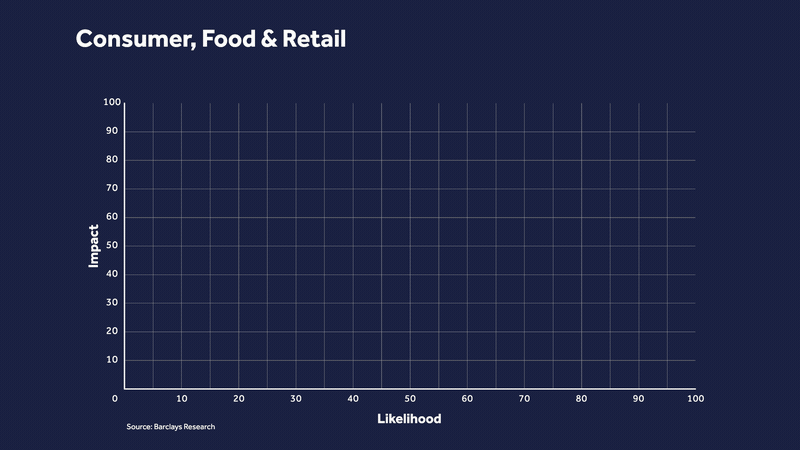
MiningTech is a crucial new entrant to the roadmap, spurred on by its role in supporting a more sustainable supply of critical raw materials. VC funding momentum for AI-based technologies could help mining become more precise, efficient and sustainable. This will be necessary as governments speed up their energy transition efforts.
Safeguarding the supply of electricity and enabling grid stability will be pivotal within the clean energy transition, supporting roadmap trends relating to grid-interactive solutions (e.g. Vehicle grid integration) and energy efficiency (e.g. Heating & cooling systems).
Space economy remains a key trend to monitor, following a record number of satellite launches in 2023. Ongoing government support and industry consolidation have also led to this sector becoming increasingly commercialised, despite challenging investment conditions.
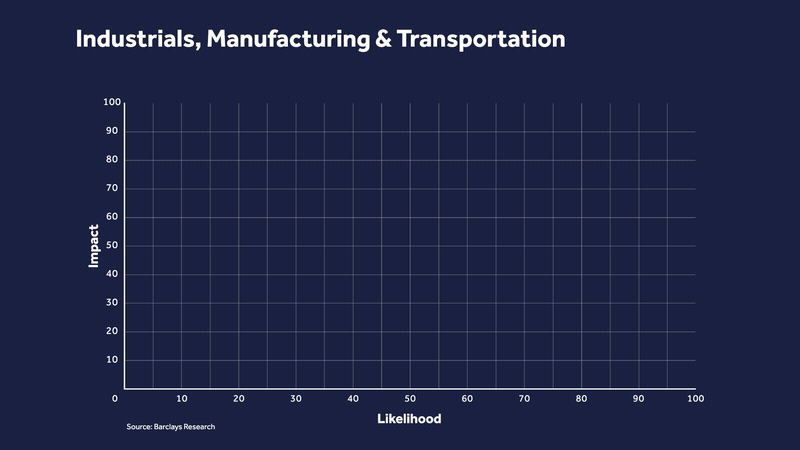
Many of the Healthcare & Modern Science trends are on a trajectory towards automation, with remote monitoring and healthcare provision (e.g. Robotic surgery, Predictive healthcare) expected to grow in the future, alongside the development of new solutions within consumer health (Fertility & FemTech, Wellness economy) that aim to improve access and inclusion.
OncologyTech is a new addition to this year’s Roadmap, driven by the push towards new innovations surrounding early and precise cancer detection, including AI-based therapy design, molecular cancer diagnostics, CRISPR, DNA cages and liquid biopsies.
AI developments will likely contribute to further efficiencies in this paradigm, particularly the trends of AI diagnostics, Synthetic biology and AI drug discovery. However, while AI’s promise in this space is encouraging, investors must consider potential governance risks related to the safety and security of sensitive patient data.
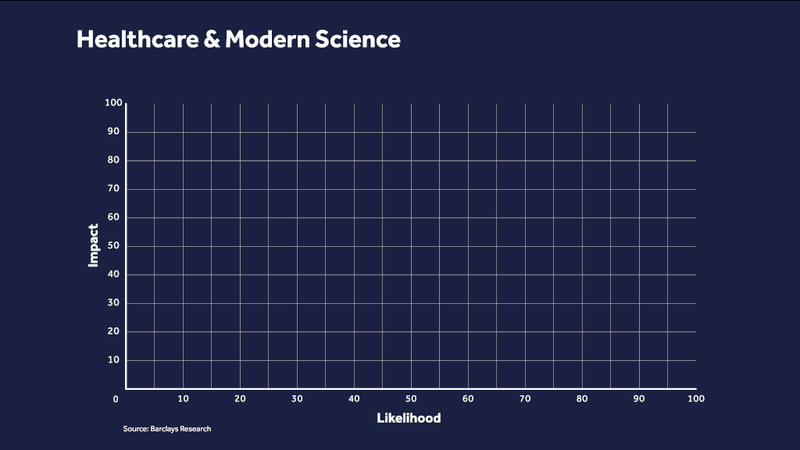
In Energy & Environment, many trends were pertinent to assessing climate change. Much of the focus until 2030 will be on how to decarbonise the energy system and reverse rising CO2 emissions.
This focus is clear from some of the new and revised entrants to the roadmap. Hydrogen economy replaced Hydrogen fuel cell, to better represent the wider technologies associated with its use as an energy source and energy storage solution.
More generally, our analysts see investments targeting energy infrastructure (e.g. Energy storage, Carbon capture & storage and Smart grid) and technologies that enable better management of existing resources (e.g. Electronic waste, Water management and Recycling technologies) being pivotal. Recycling technologies in particular are set to benefit from AI, as it could assist with more efficient resource management.
Our analysts expect upcoming regulation to add to this emphasis on sustainability. Initiatives such as The Taskforce on Nature-related Financial Disclosures (TNFD) will drive better supply chain monitoring and sustainability reporting, promoting Natural resource management and Biodiversity.
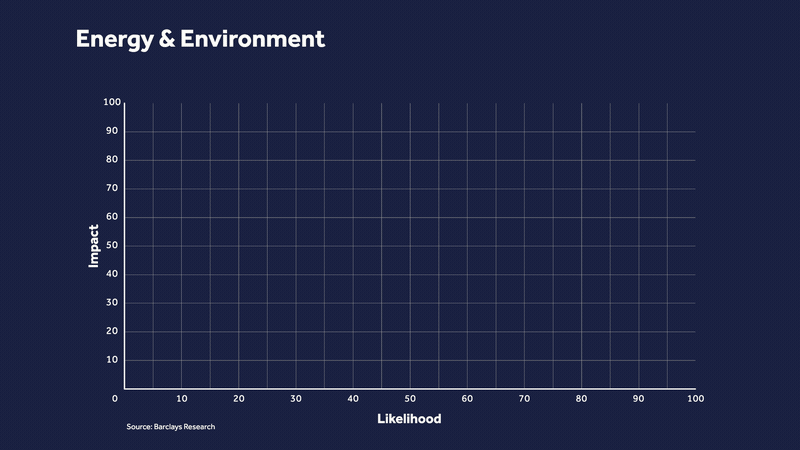
This paradigm most clearly demonstrates that AI contributes risks as well as opportunities for investor portfolios. The increasing sophistication of generative AI is making it harder to separate fact from fiction, particularly from a data privacy perspective.
Take Fake news & misinformation, for example, where AI has exacerbated the trend, allowing deepfakes to be quickly automated and disseminated. AI could also play a role in acts of Cyberterrorism, increasing the effectiveness of attacks on critical infrastructure.
With half the global population going to the polls this year, it’s hardly surprising that issues such as Deglobalisation, Fake news and Shifting economic power also feature more prominently on the roadmap.
On a potentially more positive note, the world of work is on course for its own AI-related transformation. Our analysts predict that the technology will have a positive impact on industrial productivity, culminating in Industry 4.0, and augmenting a Next-gen workforce that’s able to perform more complex skills.
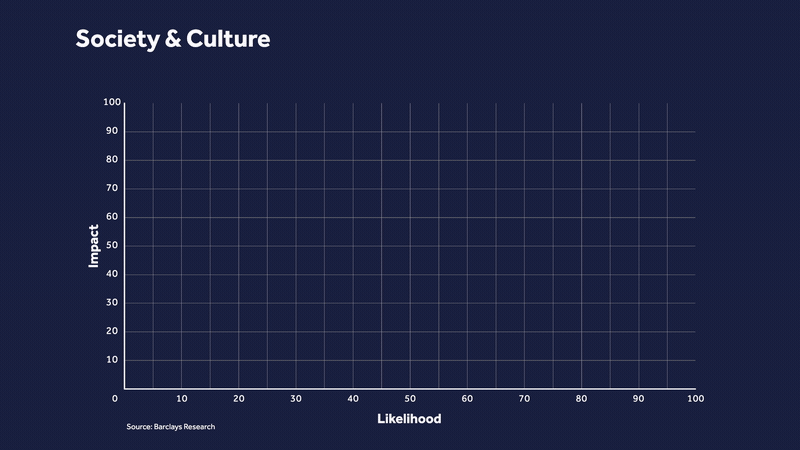
Source: Barclays Research
AI risks and infrastructure: Managing the blind spots


2030 Thematic Roadmap: 150 Trends (Edition 5): Managing AI's blind spots
About the expert

Hiral Patel
Global Head of Thematic Investing Research

Laia Marin
Vice President, Thematic Investing Research
